Innovators come from Chile, Hong Kong, India, Norway and Sweden
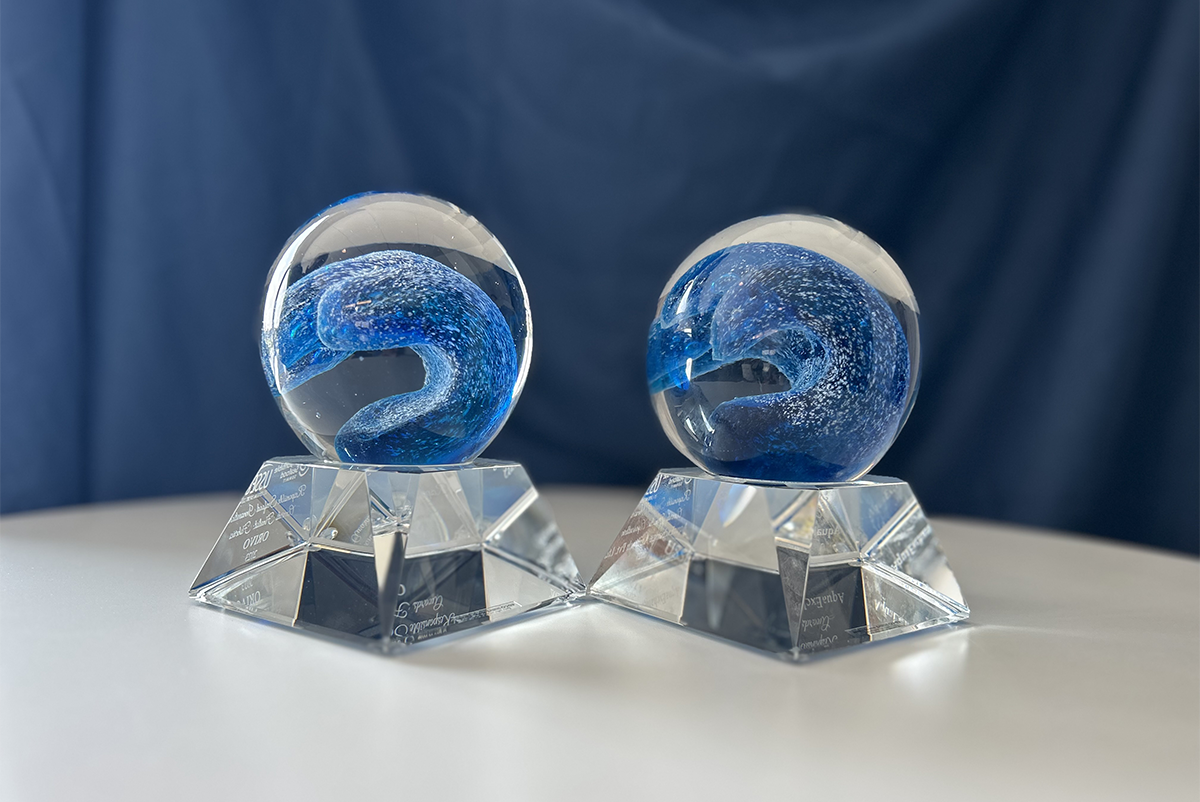
With tough challenges like climate change, overfishing and seafood fraud, innovative solutions for the seafood industry are more critical than ever – especially as the global population continues to rise and the demand for seafood grows. The Global Seafood Alliance (GSA) is set to honor the trailblazers in this sector with the Responsible Seafood Innovation Awards for 2023.
These awards not only recognize ground-breaking initiatives but also underline the importance of taking significant steps toward a more sustainable seafood industry. Here’s another look at this year’s finalists who have demonstrated exceptional commitment to responsible seafood practices.
AquaExchange: Pioneering IoT technology fixes for shrimp farming in India – aquaculture
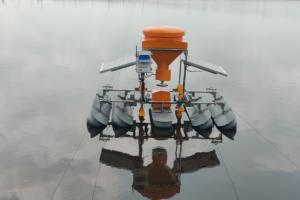
AquaExchange Agritech Pvt Ltd. is a finalist for the Responsible Seafood Innovation Award, in the aquaculture category, for its Internet of Things (IoT) tools to address challenges faced by shrimp farmers in India. These include PowerMon, a device for live aeration monitoring and effective Power Factor (PF) management using IoT, and AquaBot, an auto-cruise, highly precise moving feeder.
“Shrimp farmers, particularly in India, cultivate semi-intensively,” said Kosaraju. “They farm around 100,000 to 200,000 shrimp per acre but the water cannot sustain that many shrimp, so farmers have to infuse additional oxygen. However, this can be unpredictable due to unreliable power, unscheduled power cuts, infrastructure failures along a power line or breakdowns of local transformers or aerators.”
PowerMon continuously monitors power consumption based on machine learning techniques, promptly alerting farmers to any issues and optimizing power usage, potentially reducing electricity consumption by 20 percent. Over 500,000 alerts have been issued to shrimp farmers, providing critical operational insights.
AquaBot, another innovation, is a solar-powered automatic feeder that ensures precise feed distribution. This eliminates the need for manual intervention, improves feed efficiency and leads to better water quality and faster shrimp growth. AquaBot has successfully reduced Feed Conversion Ratios (FCRs) by 10 percent.
“We are bringing viability and sustainability into shrimp farming,” said Kosaraju. “Our solutions help farmers with higher reliability and efficiencies in terms of aeration and feed management, while providing ROIs (return on investment) within the first couple of months of usage.”
AQUIT Corporation: Pressing for disease management in aquaculture without antibiotics – aquaculture
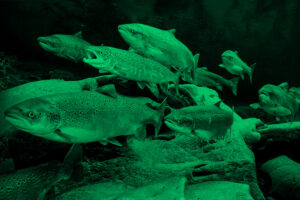
As the global aquaculture industry expanded, the use of antibiotics emerged as both a lifeline and a looming threat. While instrumental in curbing diseases that plague aquatic populations, it’s also raised concerns about antibiotic resistance, environmental impact and the long-term sustainability of a vital food-production sector.
Chile-based AQUIT Corporation may have a solution. By using a key protein that naturally occurs within fish to activate a salmon’s immunity, the biotech startup has created a new tool for the salmon industry to control infections that harm fish and lower yield. The company’s dietary supplement helps prevent disease without causing the inflammatory reaction that other immunostimulants do.
“We’re trying to solve this problem in a way that improves animal welfare and also in a way that its production is sustainable,” said CEO Daniela Allerbon.
The company’s solution is the result of more than a decade of research and development that culminated in the identification and industrial-scale production of a key protein. When added as a supplement in feed, the protein boosts the natural immunity of fish through an increase in antimicrobial peptides. If the protein within the feed is not eaten, it biodegrades. If a fish eats more protein than is needed, mechanisms within the fish kick in, naturally regulating the protein and keeping it from causing a problem. Thus, the supplement can be orally administered as part of a normal feeding cycle and is environmentally friendly.
“We hope we can bring to life a treatment that will really end the use of antibiotics on a regular basis,” said Allerbon.
Ava Ocean: Finding a tech solution to reopen scallop harvesting in the Barents Sea – fisheries
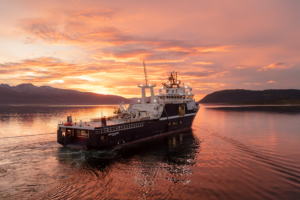
Back in 2016, Ava Ocean CEO Øystein Tvedt and five other company founders wondered if they could develop a scallop harvesting technology that would entice the Norwegian government to reopen the scallop fishery in the Barents Sea, which since 1993 had been closed due to a ban on scallop dredging.
Working with the scientific community on the country’s vast coastline, he and his team developed a new harvesting technology that could target, harvest and pick scallops from the seabed without damaging the ecosystem or catching unwanted species or smaller shellfish.
The company’s selective “shellfish picker,” uses a water pump to gently gather Arctic scallops into a suspended basket without damaging the seabed or extracting unwanted species or smaller shellfish.
“We call it precision harvesting because we know instantly if we’re harvesting in an area where there are scallops, or not,” Tvedt said. “This way we can avoid impacting areas where there are no scallops.”
Ava Ocean’s harvesting system operates just above the seabed. Its pumping system creates a water flow that lifts scallops from the seabed and places them in a basket. The Arctic Pearl fishing vessel is now proving its worth: It has spent the past nine months in the Barents Sea, where it can harvest up to 100 metric tons (MT) of scallops per day.
In the future, Tvedt said the company would look at retrofitting traditional scallop vessels with its harvesting solution, as well as commissioning the construction of new vessels. These solutions would potentially have lower price tags than that of the Arctic Pearl.
“Our dream is that this harvesting solution will be used on scallop grounds across the world, and we’ll start on our second system next year,” he said. “Looking at other scallop species, we’ll take the same cautionary approach, working with local government and scientific communities to ensure the fishery is done in a sustainable manner and is operationally efficient.”
Cresponix: Revamping land-based shrimp farming – aquaculture
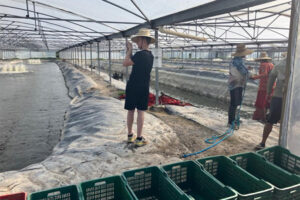
Farming seafood on land can greatly reduce the potential harm caused to fragile ocean and freshwater ecosystems, but it can also be costly to build and power a facility. However, a Swedish startup is rethinking the land-based aquaculture model with technology that not only solves the energy conundrum but also partially addresses another major cost center for aquaculture: feeds.
Cresponix has developed waste treatment technology that recycles farmed fish waste. It feeds it to a consortium of microbes that, when fermented, produces an edible and nutritious single-cell biomass that can supplement traditional aquafeeds and reduce feed costs by 30 to 40 percent.
“Bio-RAS,” or biologically-based RAS, bears similarities to aquaponics, in which multiple products – in this case, shrimp and tilapia – are raised, with the water from one helping to improve living conditions for the other. Common RAS as the industry knows it today is expensive, dependent on external water purification facilities and does nothing to make feed use more efficient.
“[Cresponix is] a RAS with bioflocs, but in several compartments, so it’s a different concept completely,” explained co-founder Sergio Zimmermann. “I would say that the main difference towards other farming technologies is that we are more sophisticated and evolved around zero effluent and ‘on farm’ feed production.”
Whereas RAS is a linear system, with mechanical filters and waste coming out of the end of the system, the Cresponix system is circular. It pumps its wastewater into several “microbial communities” where bacteria and algae grow off the waste. The bacteria and algae protein can be fermented and recycled back as feed to the shrimp growing in the system. Not only nutrition but good fish welfare is also baked into the system.
“The fermentation process that happens aerobically and anaerobically in our system complements the nutrition of the animal. Their immune system is boosted, and you see in shrimp and tilapia that survival is higher – 25 to 40 percent. So, with this technology we bring better nutrition and welfare,” he said.
Cresponix aims to build a large-scale pilot facility (5 MT capacity) in Våstervik, Sweden, next year, with eyes on a 200-MT capacity farm the following year. By 2028, they hope to be selling the technology throughout Scandinavia.
“Everything is possible,” said Zimmermann, “it’s just a matter of engineering.”
ORIVO: Disrupting seafood traceability methods – fisheries
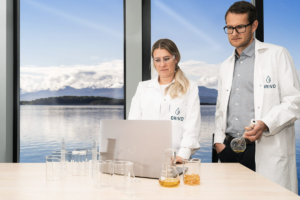
ORIVO, another finalist, is tackling one of the seafood industry’s most pressing issues: seafood fraud. The Norway-based company uses novel technology based on proven nuclear magnetic resonance (NMR) spectroscopy, DNA and isotopic-ratio mass spectrometry (IRMS) methodologies that can verify raw-material species and region of origin. Almost a decade since its inception, ORIVO has developed this innovative traceability solution to fit the needs of the aquaculture feed industry.
“It boils down to being able to confirm that whatever the product you’re talking about is whatever it claims to be,” said co-founder Erik Fuglseth. “Consumers are caring more and more about that. But also, in business to business: More and more are worried about IUU fishing, unwanted species and things like that. It’s confirming that what a company says is true.”
Based on laboratory testing, ORIVO provides verified origin (species and geographic origin), verified production process (organic versus non-organic) and verified specific feed formulations (algae, insect protein, etc.). The analysis technique is powerful in terms of sensitivity, yet able to avoid false positive test results which have been troubling DNA analysis for decades. ORIVO’s technology offers what other existing traceability mechanisms currently do not: irrefutable, scientific verification.
To date, ORIVO is the only company in the world providing this type of third-party evidence-based transparency, which is rapidly changing standards of traceability and transparency for the seafood sector.
“Our goal is not to be the police – our goal is to help the honest and responsible companies prove and promote that they are,” said Fuglseth.
Zeal Industries: Developing a ‘black box’ to improve seafood traceability and fisher safety – fisheries
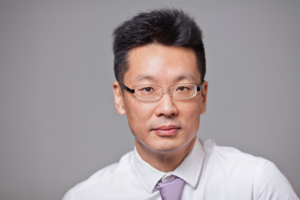
For many years, the safety of fishers has been an ongoing problem for the wild-capture seafood industry. A recent study by the FISH Safety Foundation (FSF) suggests that more than 100,000 fishing-related deaths occur each year – a rate of 300 fisher deaths each day – and this could be an underestimate given that deaths may go unreported and unrecorded. The also study pinpointed IUU fishing as “a significant driver” of fishing hazards.
Zeal Industries believes installing a “black box” on marine vessels could help tackle these problems. The device, called Uptime, transmits data to a cloud infrastructure where it’s deconstructed and stored in databases for future use. It’s part of a suite of “technologies for social impact” that the Hong Kong-based startup has developed — and their first maritime tool.
With man-overboard incidents, Uptime transmits the GPS location and environmental conditions via satellite modem and the information can be used to estimate the position based on current and other environmental conditions.
Uptime may also help recover ghost fishing gear. It provides an algorithm that models the estimated location for a ghost net that uses data stored in the device to pinpoint the GPS location where the net was deployed and environmental conditions to determine an approximate location.
Lastly, when it comes to IUU fishing and sustainability, Uptime’s biggest advantage is related to improving seafood traceability.
“If you’re able to track these vessels at all times, then that enables or at least it simplifies the problem of finding and tracing those shipments back to their source,” said Ben So, chief innovation officer at Zeal Industries.
Carving a pathway to a bluer future
The 2023 Responsible Seafood Innovation Award finalists represent the vanguard of the seafood industry. As global demand for seafood continues to rise, these innovators are proving that a thriving and more sustainable seafood industry is possible.
GSA’s Responsible Seafood Innovation Awards – sponsored by the U.S. Soybean Export Council – for the aquaculture and fisheries categories will be awarded at the Responsible Seafood Summit in Saint John, N.B., Canada, on October 3, 2023. The winner will be decided by an audience poll.
Now that you've reached the end of the article ...
… please consider supporting GSA’s mission to advance responsible seafood practices through education, advocacy and third-party assurances. The Advocate aims to document the evolution of responsible seafood practices and share the expansive knowledge of our vast network of contributors.
By becoming a Global Seafood Alliance member, you’re ensuring that all of the pre-competitive work we do through member benefits, resources and events can continue. Individual membership costs just $50 a year.
Not a GSA member? Join us.
Author
Tagged With
Related Posts
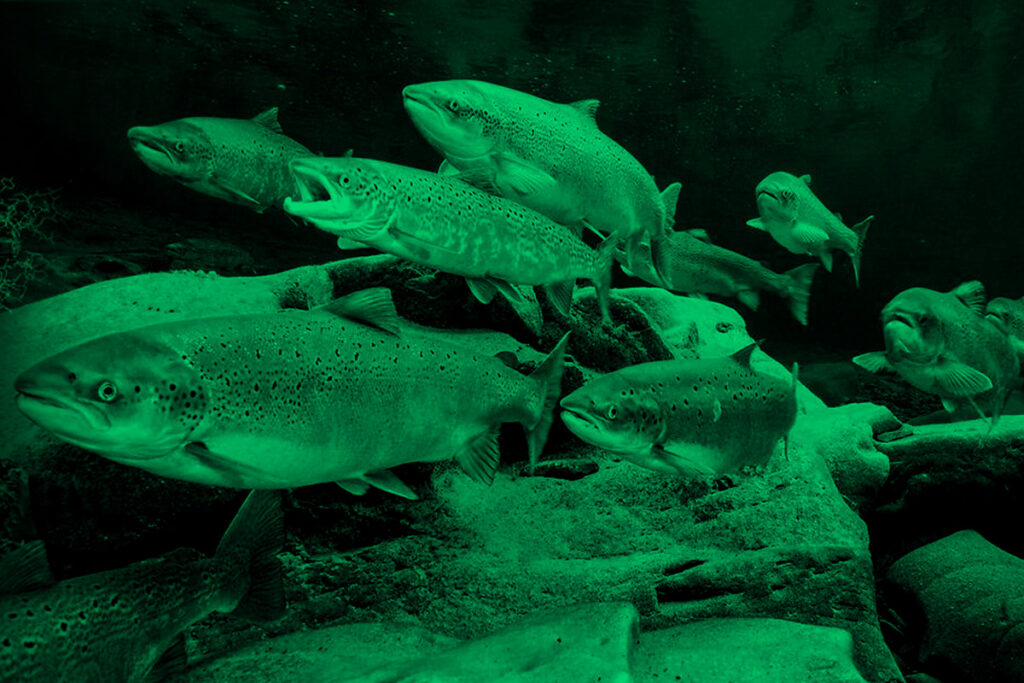
Innovation & Investment
Responsible Seafood Innovation Award finalist AQUIT is pressing for disease management in aquaculture without antibiotics
A feed supplement protein produced by AQUIT in Chile helps farmed salmon ward off disease while improving their overall health and growth.
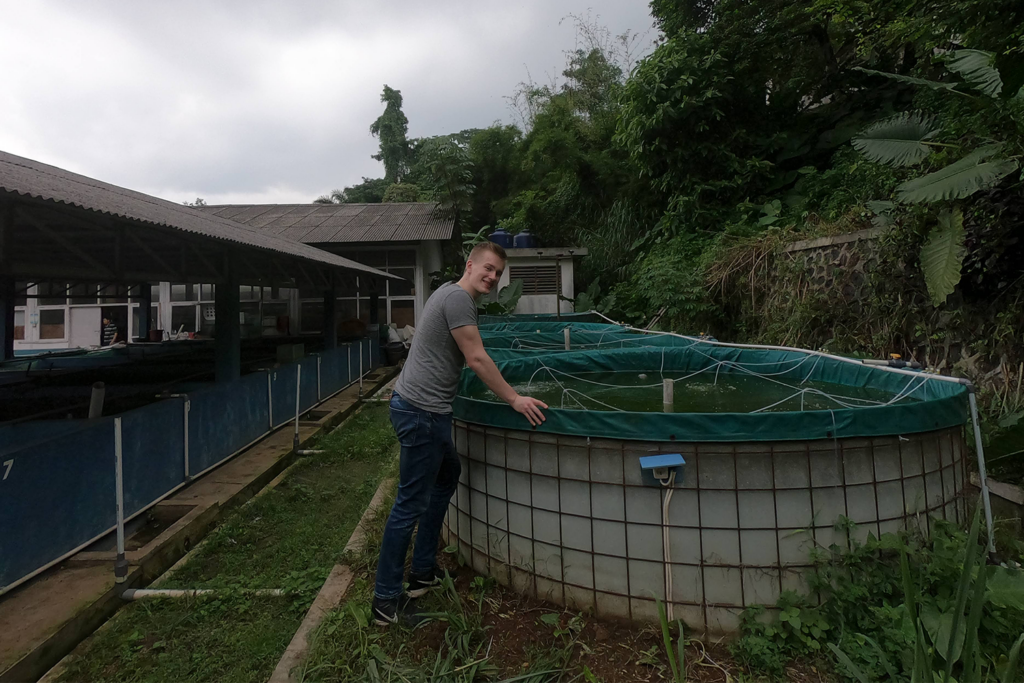
Innovation & Investment
Responsible Seafood Innovation Award finalist Cresponix is rethinking land-based shrimp farming
Swedish startup’s technology addresses the two primary cost centers for land-based shrimp farming: energy and feed. And it’s not RAS.
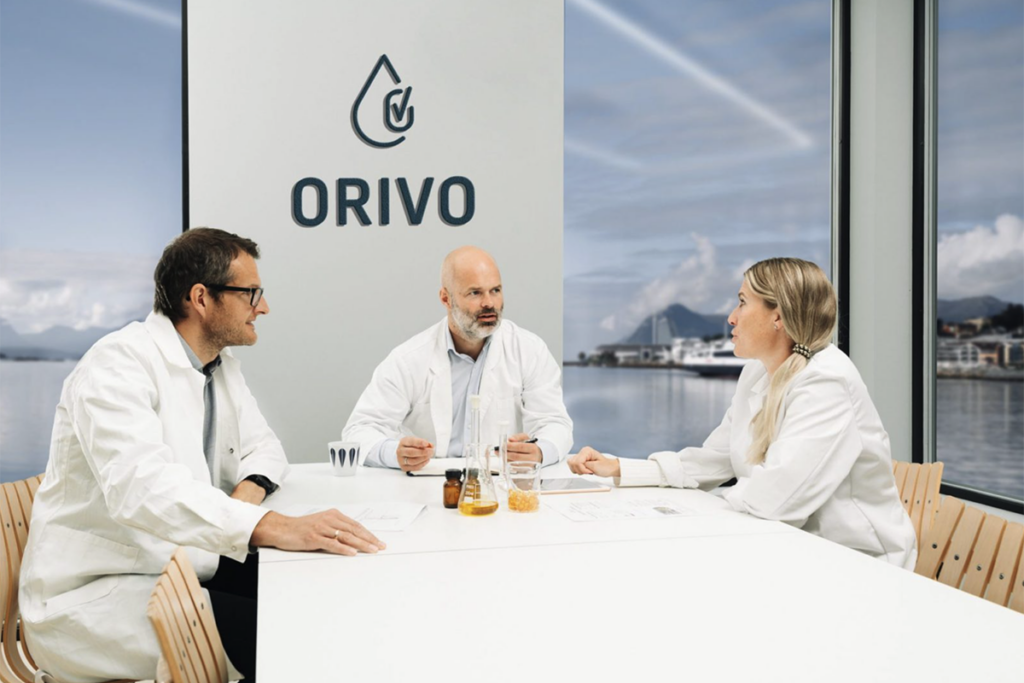
Innovation & Investment
Disruptive technology for seafood traceability makes ORIVO a Responsible Seafood Innovation Award finalist
Norway-based company says its NMR spectroscopy technology is setting new standards for seafood traceability and transparency.
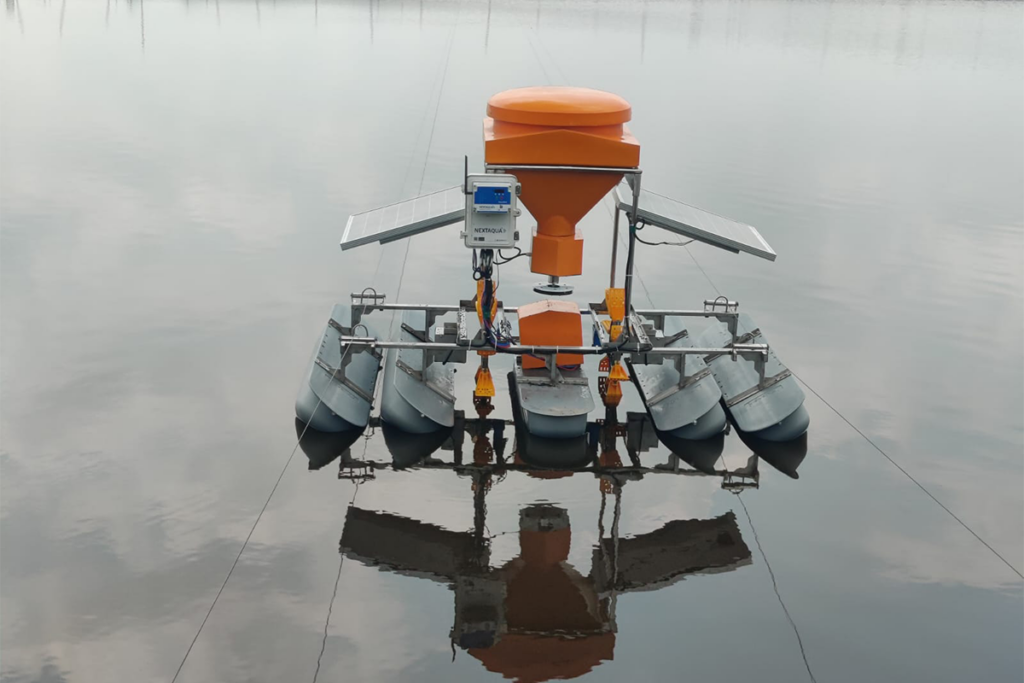
Innovation & Investment
IoT tools for shrimp farming in India earn AquaExchange a spot as a Responsible Seafood Innovation Award finalist
The company's suite of IoT shrimp farming tools could help boost the productivity and profits of shrimp farmers in India.
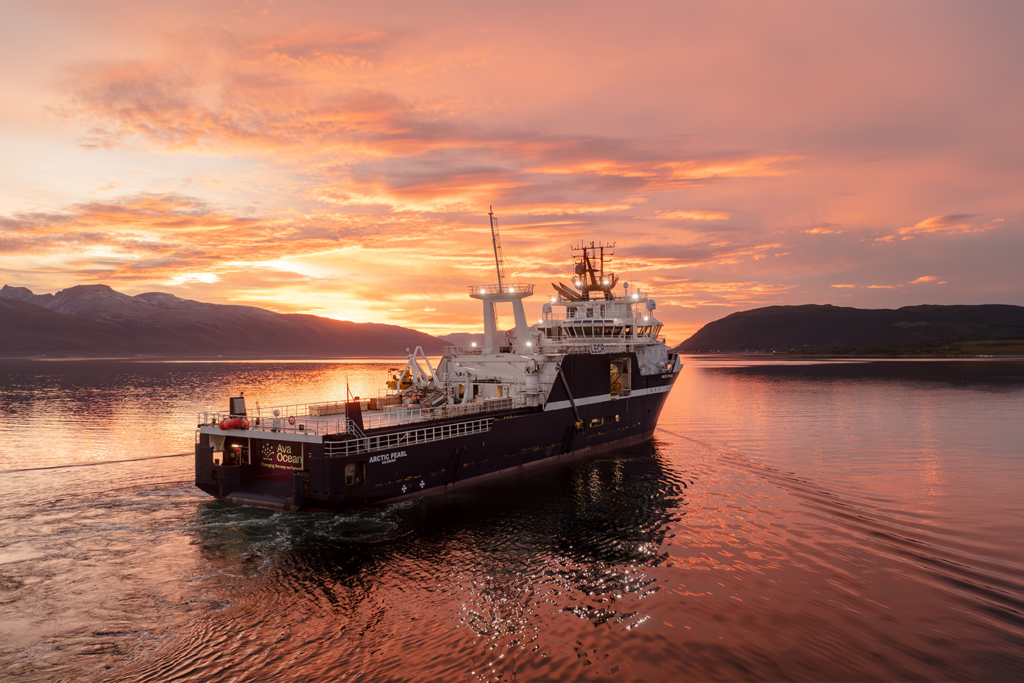
Innovation & Investment
Norway banned scallop harvesting in the Barents Sea. Responsible Seafood Innovation Award finalist Ava Ocean delivered a tech solution.
Ava Ocean proves scallop harvesting in the Barents Sea can be done responsibly using its selective “shellfish picker" technology.
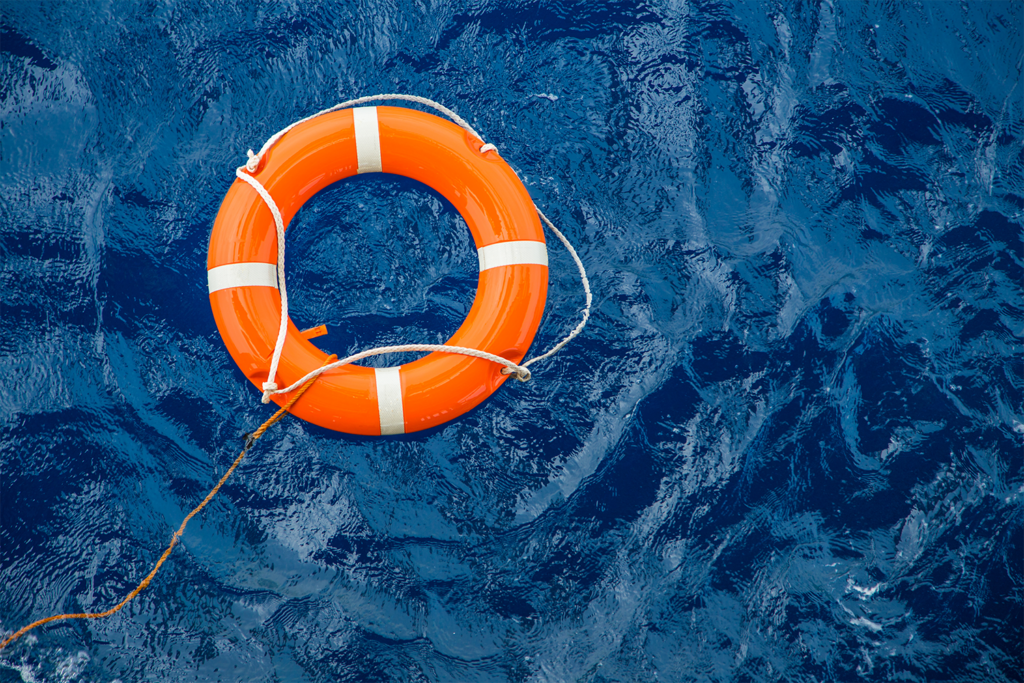
Innovation & Investment
Uptime, a ‘black box’ to improve seafood traceability and fisher safety, earns finalist spot for Responsible Seafood Innovation Award
Zeal Industries’ tool transmits GPS, temperature and other environmental data to the cloud to assist worker safety and seafood traceability.


